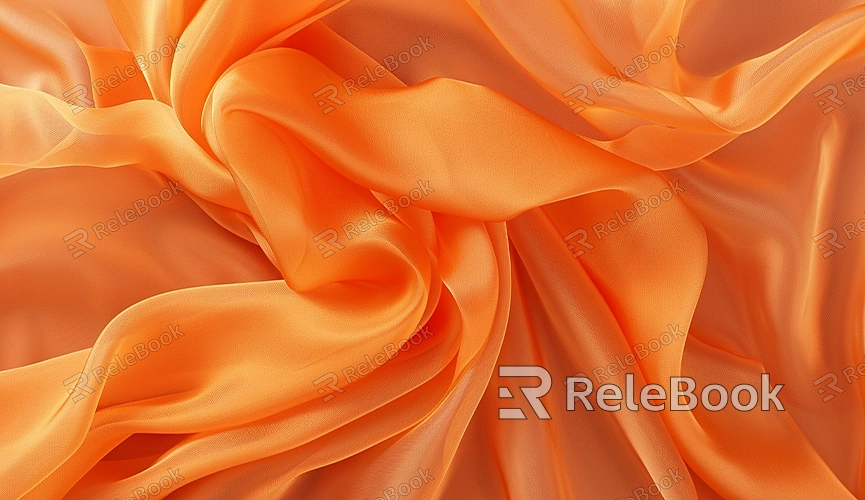Velvet Texture in Blender
Velvet texture is a 3D texture that simulates the texture of velvet material, commonly used to replicate a soft, plushy, and luxurious feel. In Blender, using velvet texture can add a soft and comfortable appearance to 3D models, making them more realistic. Employing velvet texture enhances the visual and tactile effects of 3D models and scenes, especially suitable for simulating the texture of furniture (such as sofas and chairs), clothing, curtains, and other decorative items. Velvet, renowned for its luxurious appearance and soft touch, possesses unique glossiness and color variations, creating rich layers and details visually.

This 3D texture can be downloaded from Relebook and applied to 3D models or scene rendering through the following steps:
1. Texture Import: Import the velvet texture material into the Blender project.
2. Application to Model: Apply the texture to the surface of the model, ensuring that the model is ready to accept the texture.
3. Mapping Adjustment: Based on the size and shape of the model, adjust the texture mapping to achieve a natural effect on the model's surface.
4. Material Parameter Adjustment: Modify the color, glossiness, and other parameters of the velvet texture as needed to meet scene requirements.
5. Detail Addition: Add additional details such as wrinkles and glossiness according to the requirements of architectural style and design to enhance the realism and texture of the model.
Different parameter adjustments yield different rendering effects. Here are common rendering scenarios for this 3D texture in Blender:
1. Furniture Design: Used to simulate velvet texture on the surface of furniture such as sofas and bedding, adding comfort and warmth.
2. Clothing Design: Applied to clothing models to create a soft and comfortable touch, enhancing the realism of clothing design.
3. Toy Production: Used to simulate velvet texture on the surface of toys, increasing the cuteness and tactile appeal, attracting users' attention.
4. Interior Scene Design: Applied to bedding, carpets, and other interior items to create a warm and cozy indoor atmosphere.
5. Animal Models: Applied to simulate velvet texture on the surface of animal fur, adding softness to make animal models more vivid and realistic.
Using this texture for 3D model rendering:
- Increased Visual Depth and Texture: Velvet texture, with its unique glossiness and plush effects, adds visual depth and rich texture to 3D models, making surfaces appear more three-dimensional and appealing.
- Enhanced Sense of Luxury in Scenes: Velvet texture is often used to enhance the sense of luxury and comfort in interior designs, especially in visualizations of high-end residences, hotels, and other commercial spaces.
- Support for Realistic Material Simulation: Precisely simulating the visual properties of velvet in Blender, such as glossiness, color saturation, and texture details, can help create extremely realistic material effects.
Velvet texture is one of the commonly used textures in Blender, and by properly adjusting parameters and applying textures, it can add a soft and comfortable appearance to 3D models. In various design scenarios, velvet texture adds unique texture and touch, enhancing visual effects and user experience. If you need access to high-quality 3D textures and HDRI or 3D model downloads, you can download them directly from Relebook and import the textures and 3D models into your project for immediate use.

